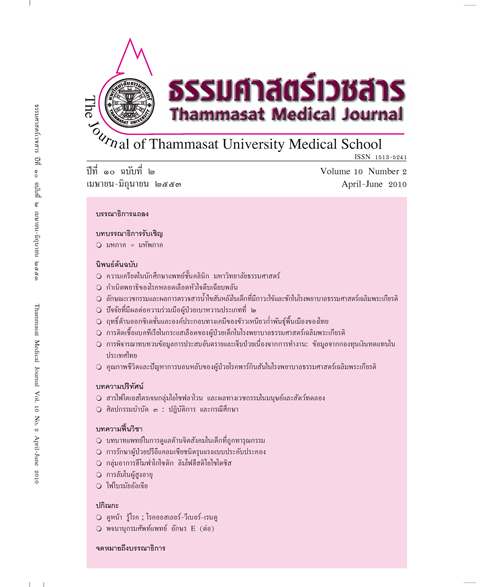Antioxidant activity and chemical constituents in purple glutinous rice Thailand local genotypes
Keywords:
Purple glutinous rice, Antioxidant, NutraceuticalAbstract
Genetic diversity and growing environment cause differentiation of chemical constituents in purpleglutinous rice (Oryza Sativa L.) The colors of pericarp layers are characterized by anthocyanins profile. Theanthocyanins are cyanidin dihexoside, cyanidin 3-glucoside, cyanidin hexoside and peonidin 3-glucoside.They belong to parent class of flavonoids, which have antioxidant activity. In this study was to investigatefor antioxidant activity and chemical constituents in purple glutinous rice Thailand local genotypes. The 36local genotypes of purple glutinous rice were collected from the north and northeast of Thailand.
K-Entry 12 Niewdam gave the highest antioxidant activity both DPPH radical scavenging assay (IC50 =26.64 ± 1.14 μg/ml) and lipid peroxidation assay (IC50 = 50.22 ± 5.51 μg/ml). Furthermore, the highest contentof total phenolics compound and cyanidin 3-glucoside were 1.73 ± 0.04 mg GAE/g (grain) and 536.57 ± 4.05μg/g (grain), respectively. K-Entry 17 Niewdamtubmhoo gave high antioxidant activity by lipid peroxidation assay(IC50 = 70.24 ± 2.20 μg/ml) and high cyaniding 3-glucoside content [488.22 ± 3.45 μg/g (grain)].
This data demonstrated to cultivated K-Entry 12 Niewdam promotion. This genotype could be useful rawmaterial for nutraceutical product.
Key words: Purple glutinous rice, Antioxidant, Nutraceutical



